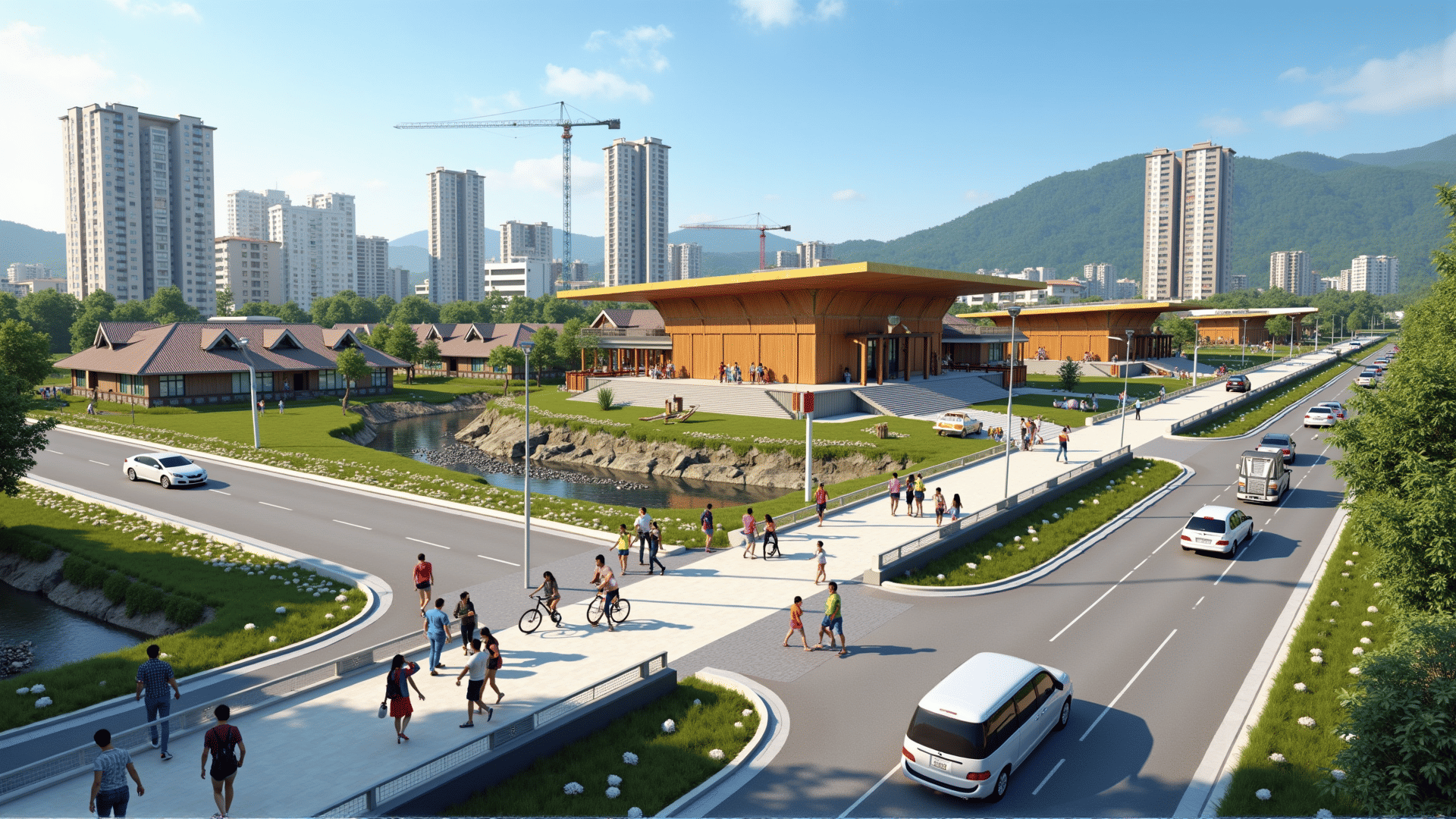Infrastructure serves as the backbone of any thriving community, playing an integral role in ensuring sustainable development and seamless connectivity. It provides the essential foundations for various critical aspects such as transportation, healthcare, education, and communication. By enhancing these areas, infrastructure development supports and uplifts communities, contributing to improved quality of life and accessibility.
One of the most profound impacts of infrastructure is evident in the realm of transportation. Well-constructed roads, bridges, railways, and public transit systems facilitate movement and access, allowing individuals to commute to work, education, and healthcare services with greater ease. Efficient transport networks also boost local businesses by making it easier for goods to move from producers to markets, thereby strengthening community ties and creating opportunities for growth.
Beyond physical movement, infrastructure plays a crucial role in connecting communities digitally. Expanding internet access, especially in rural and underserved regions, transforms the way individuals interact with the world. By improving digital connectivity, communities gain access to information, educational resources, and new opportunities for communication and innovation. In turn, this fosters inclusivity and opens doors for remote working, learning, and business operations.
Healthcare is another sector profoundly impacted by infrastructure development. Building hospitals, clinics, and healthcare facilities equipped with modern technology ensures that essential services are available to all community members. Moreover, improved transportation and digital infrastructures enable advancements in telemedicine, allowing individuals in remote areas to receive medical consultations and care without the need for extensive travel.
Furthermore, education benefits significantly from infrastructure initiatives. Constructing schools, libraries, and learning centers underscores the commitment to education for all. These spaces promote lifelong learning and skill development, empowering individuals to reach their potential. As digital educational platforms continue to grow, reliable internet infrastructures ensure that students everywhere can access these valuable resources.
Sustainable development is a principal consideration in modern infrastructure projects. Incorporating green technologies, renewable energy sources, and environmentally conscious designs ensures that infrastructure developments are aligned with the planet's preservation goals. These sustainable practices not only contribute to addressing climate challenges but also enhance community well-being by creating healthier living conditions.
In summary, infrastructure development lays the groundwork for communities to thrive by bolstering connectivity and sustainable progress. Whether through transportation, digital access, healthcare, or education, such investments lead to a more inclusive society where opportunities abound for all. By focusing on sustainable practices, communities are equipped to meet current needs while safeguarding resources for future generations, truly enhancing the quality of life for everyone involved.
